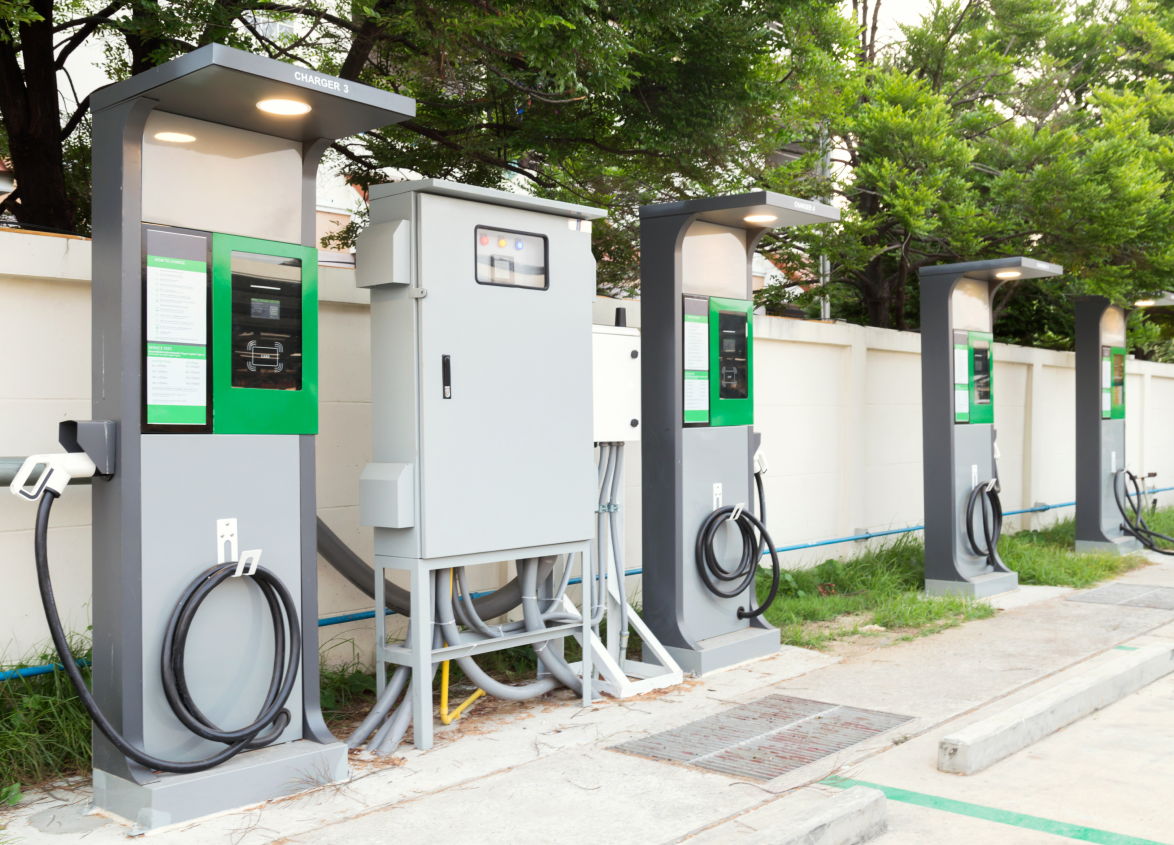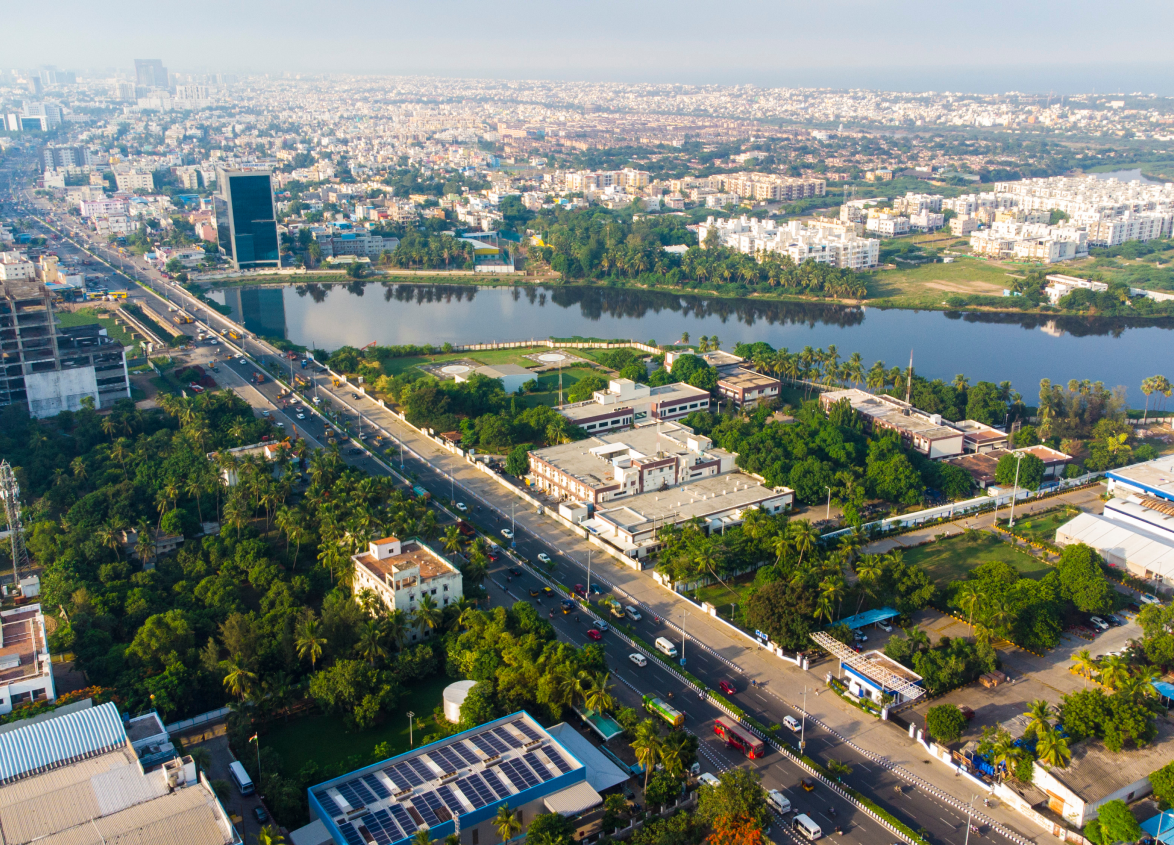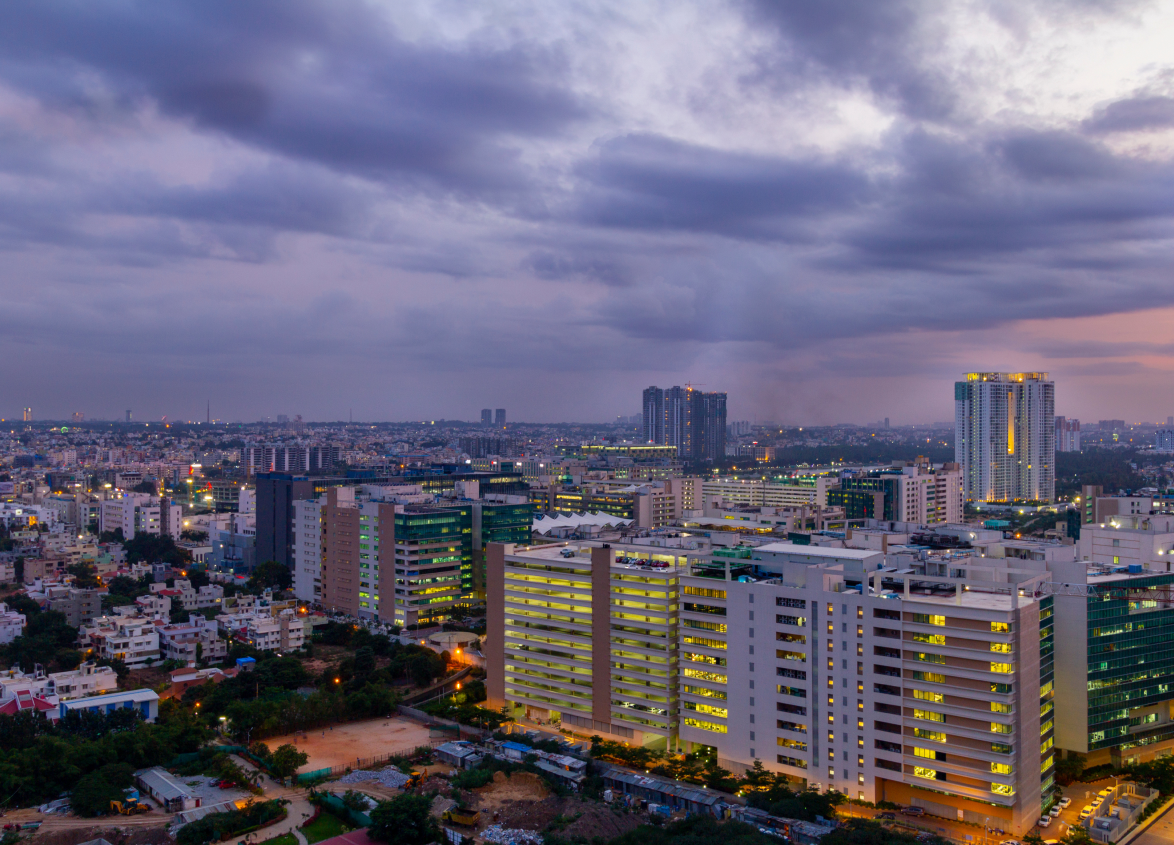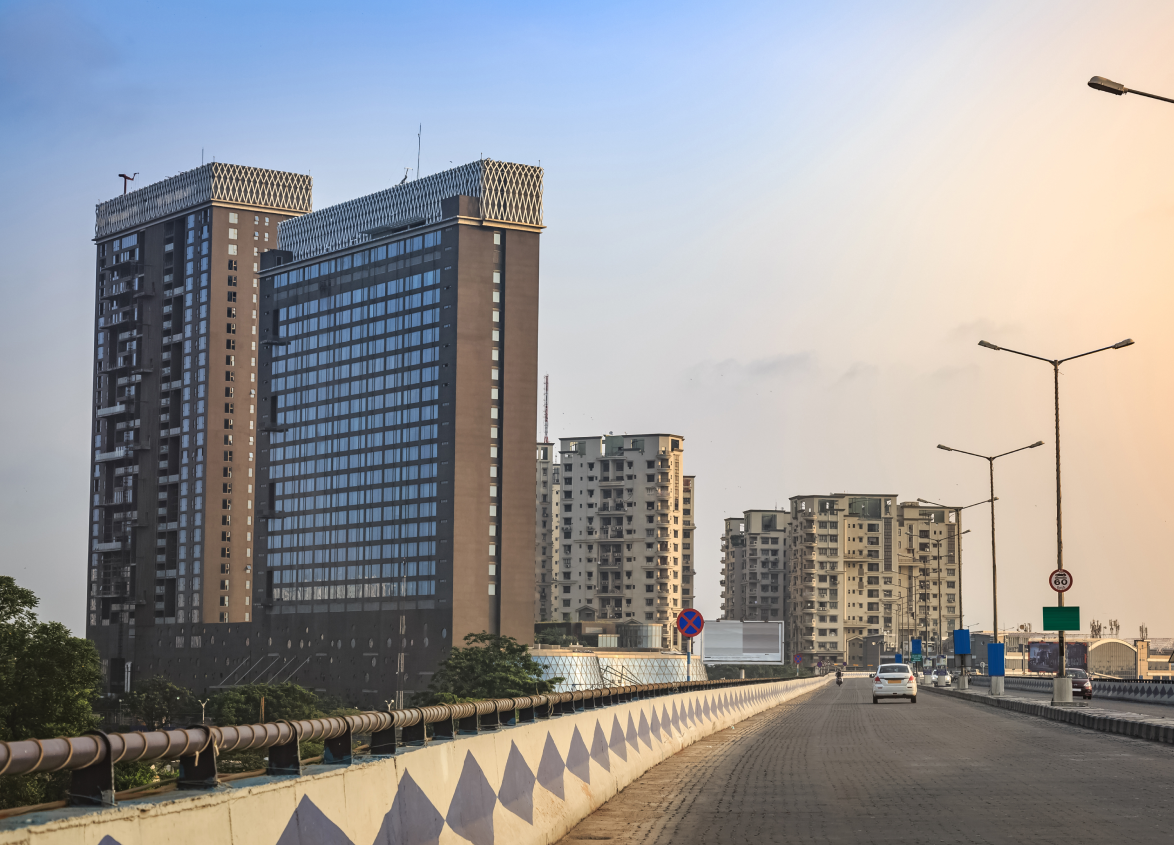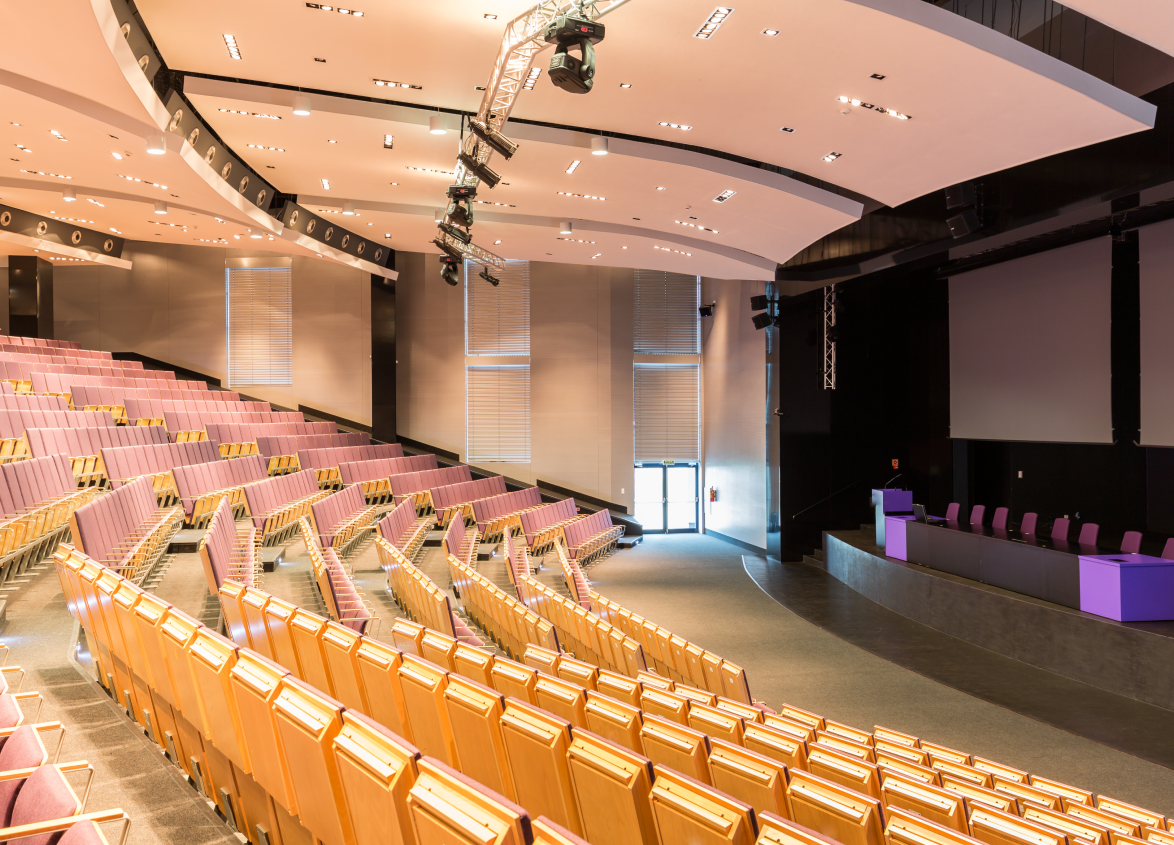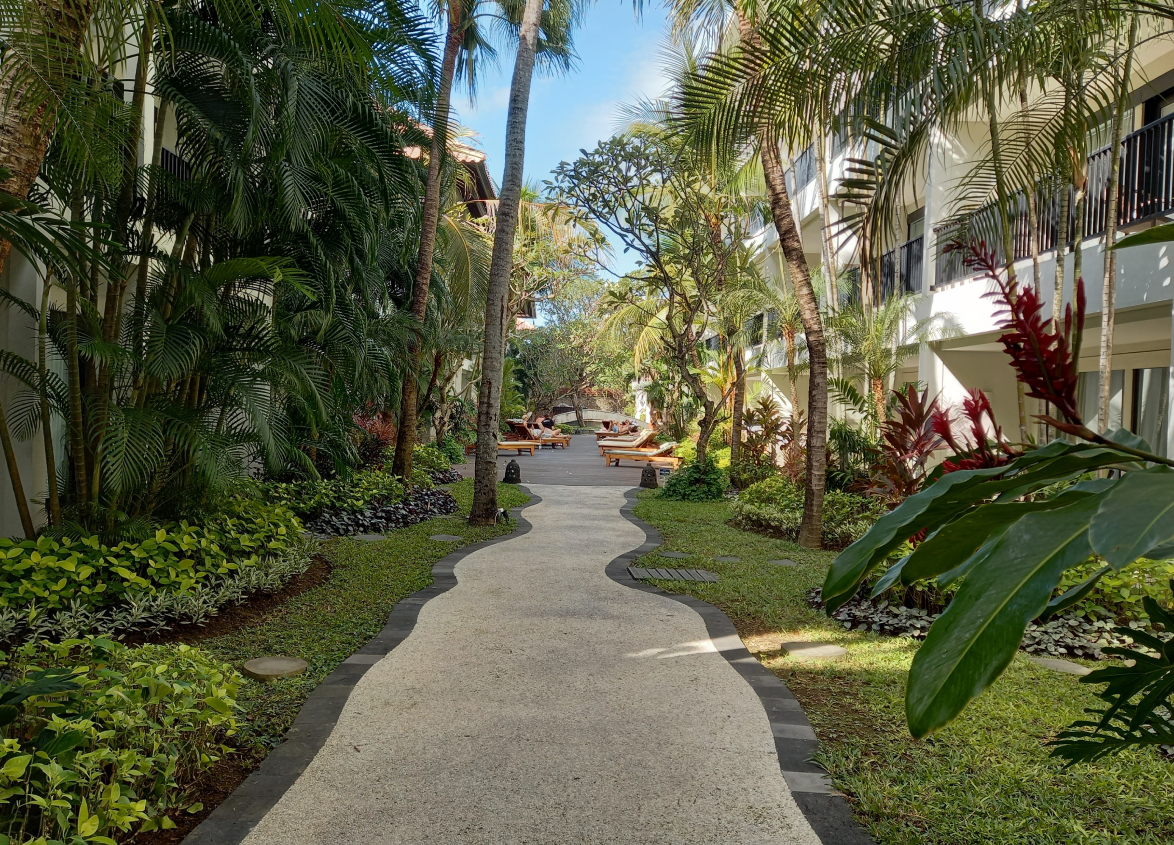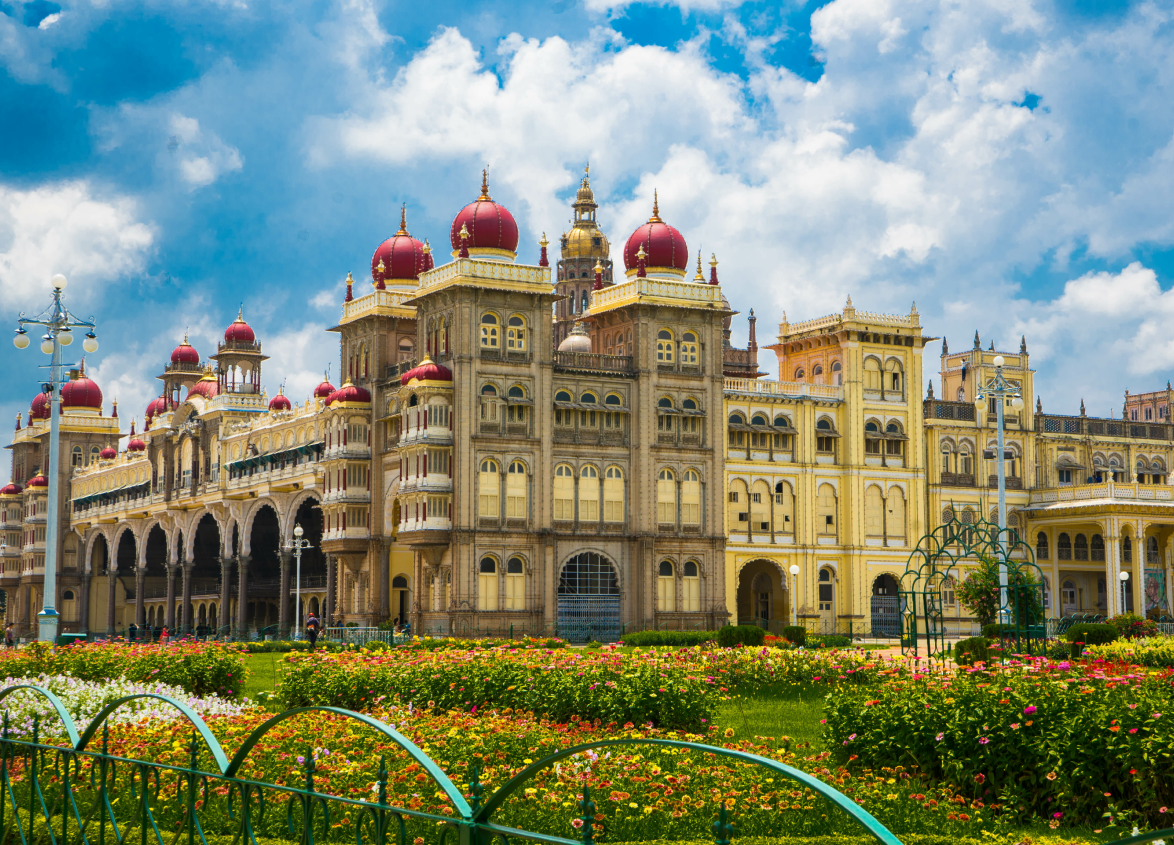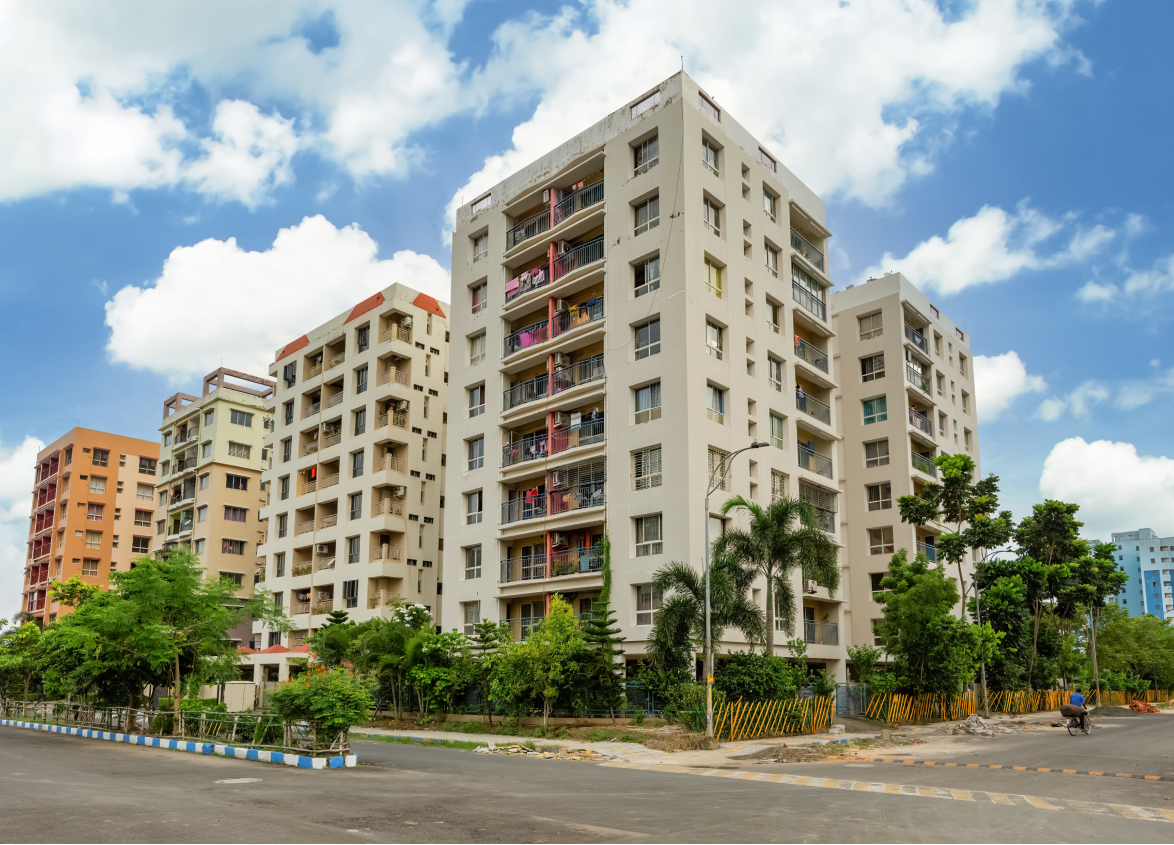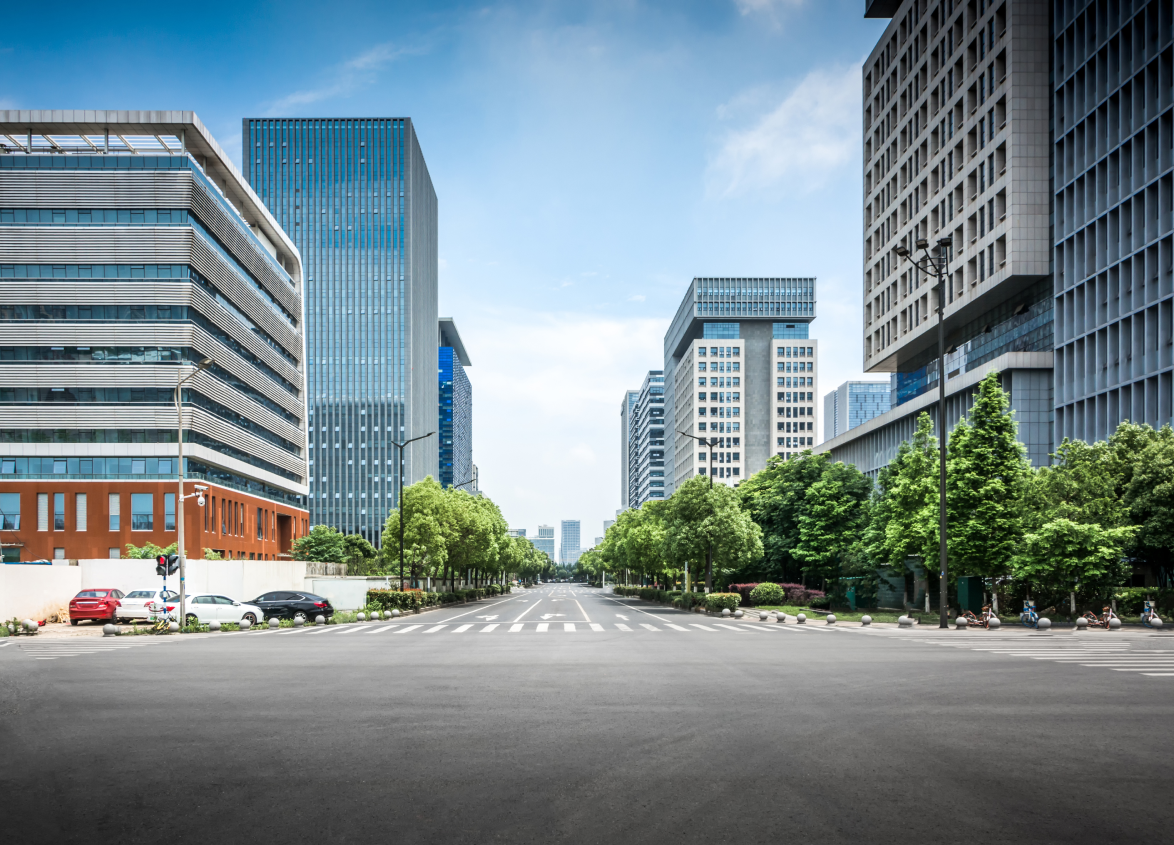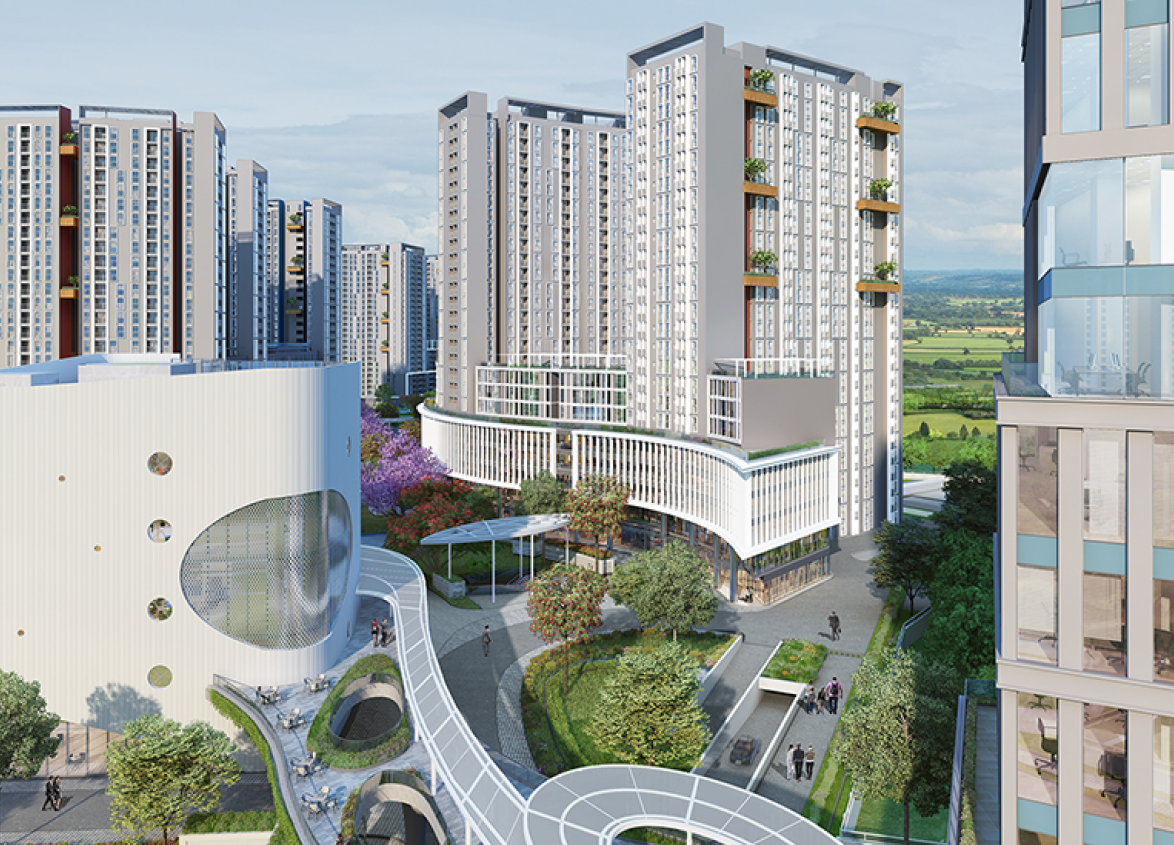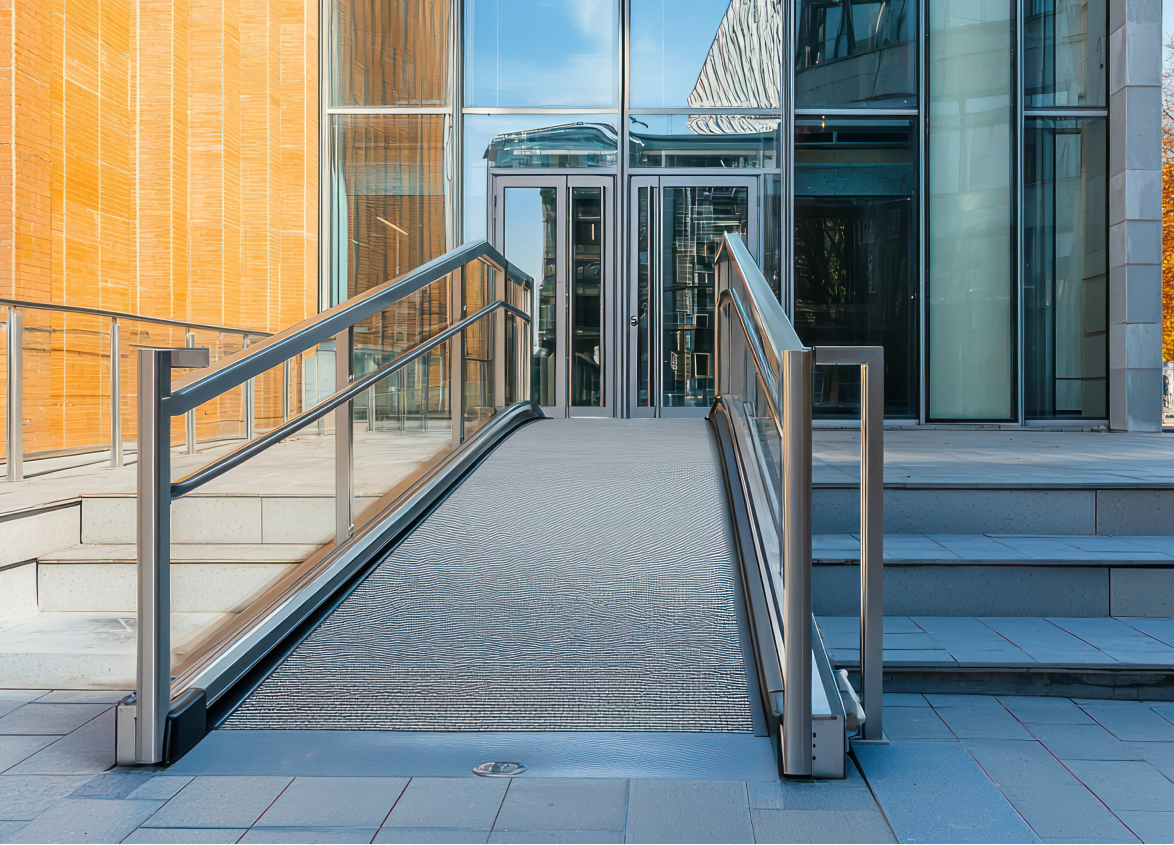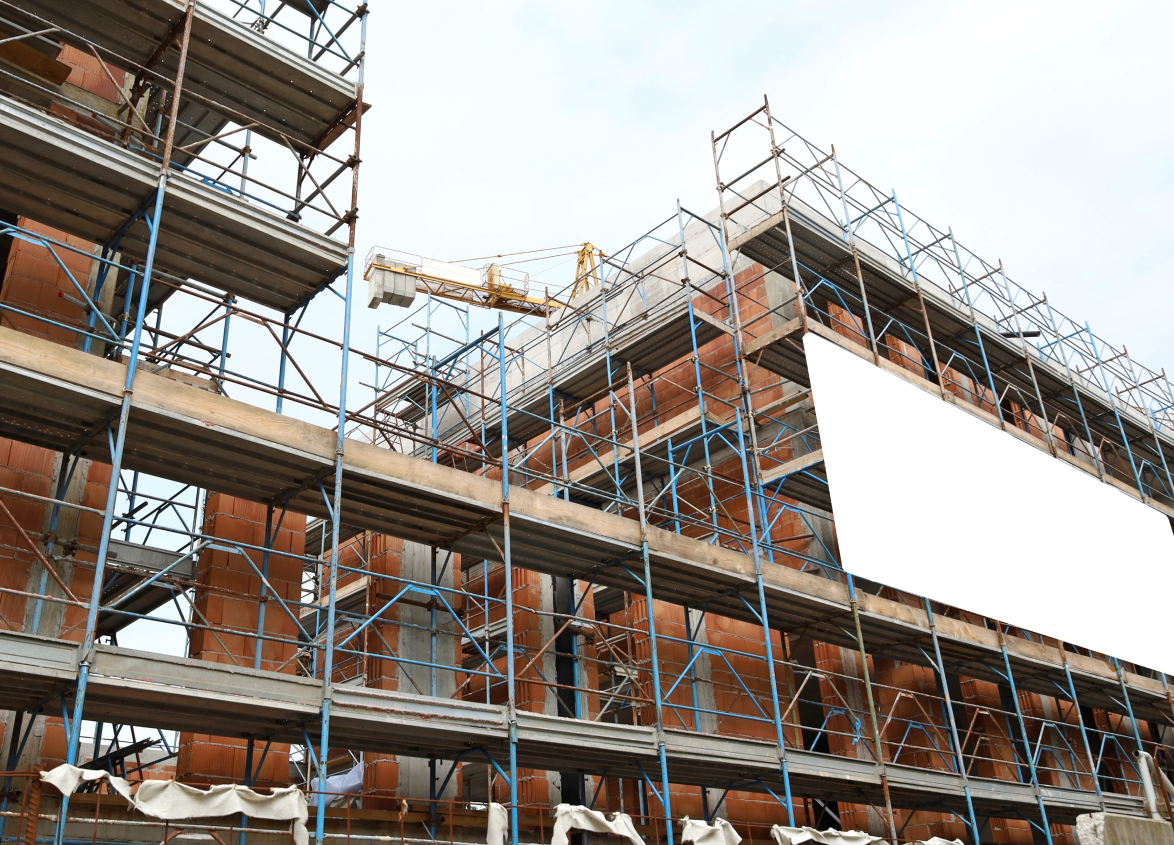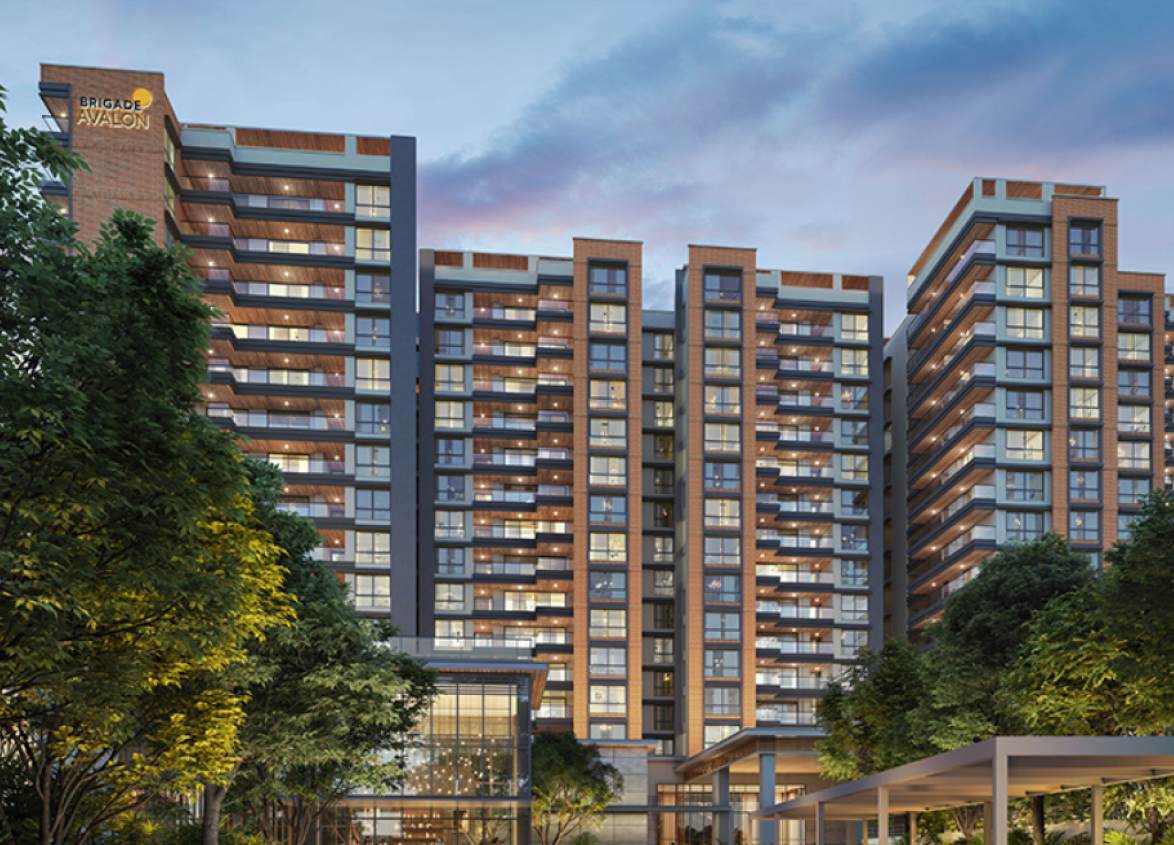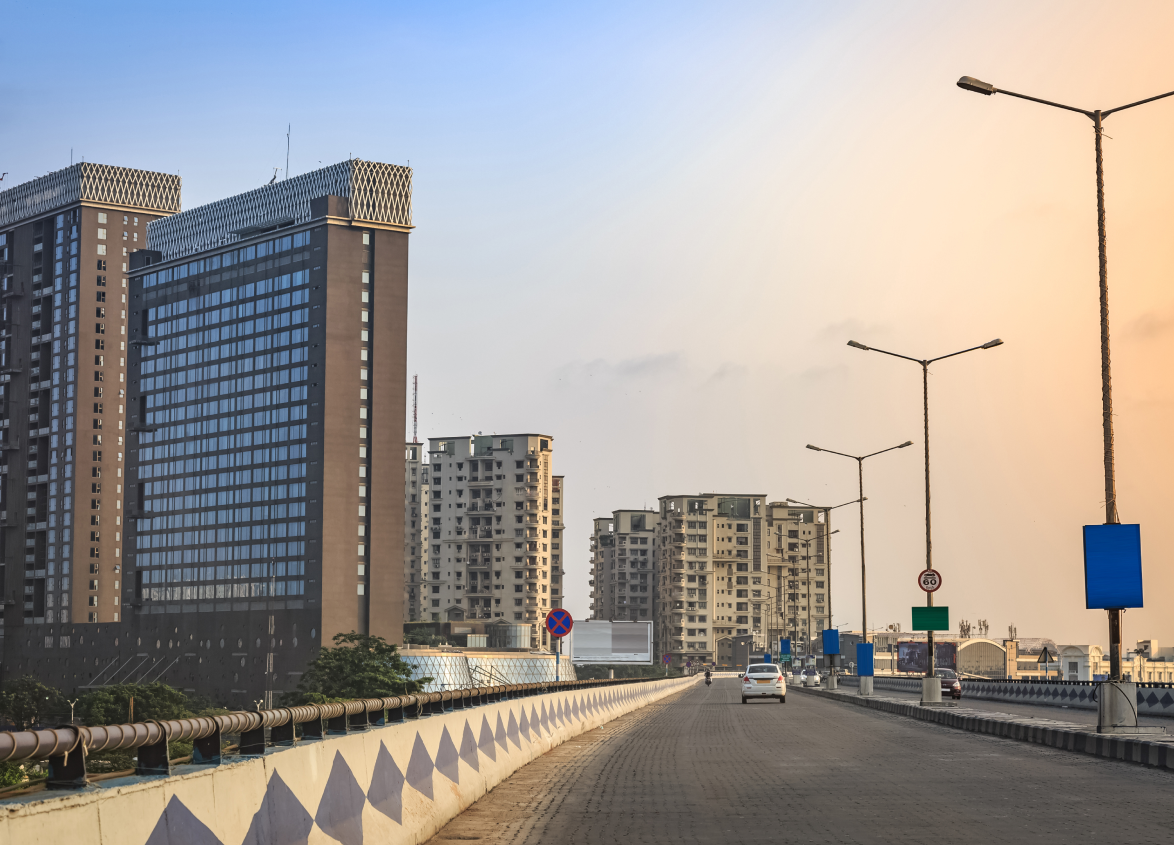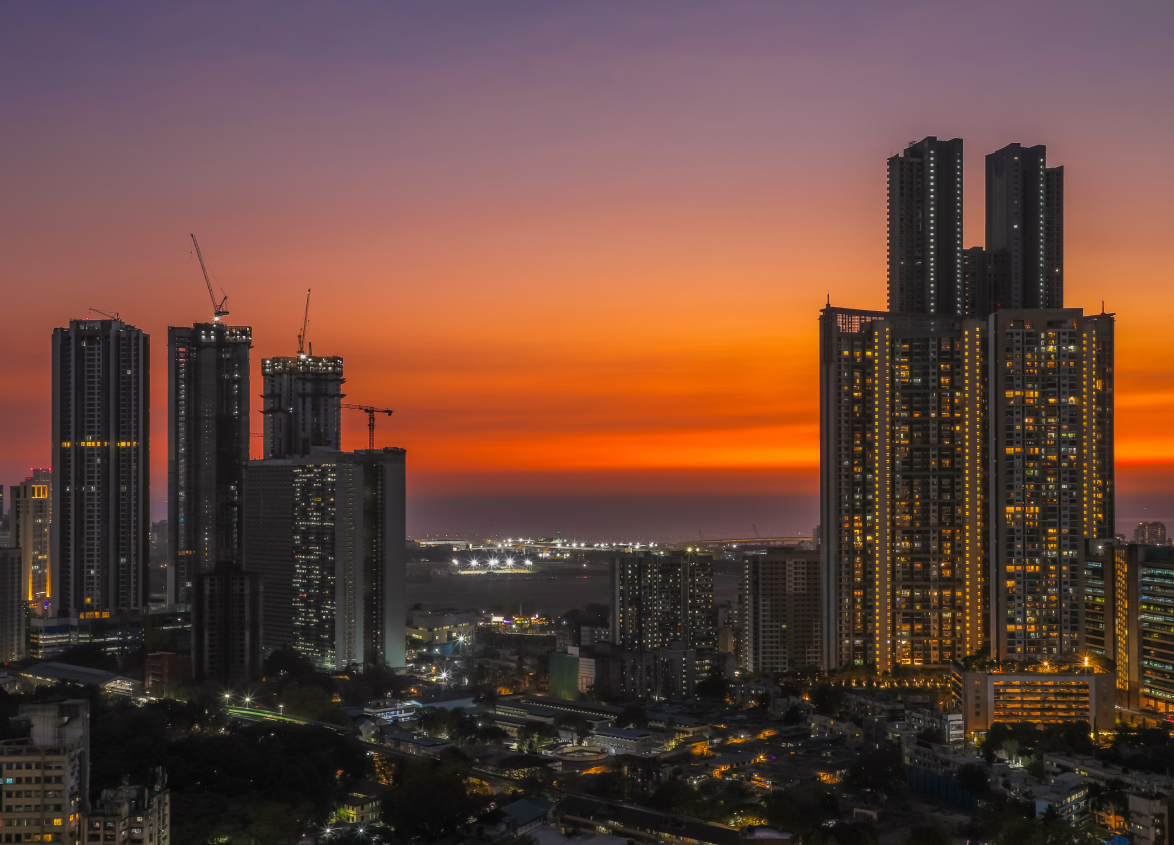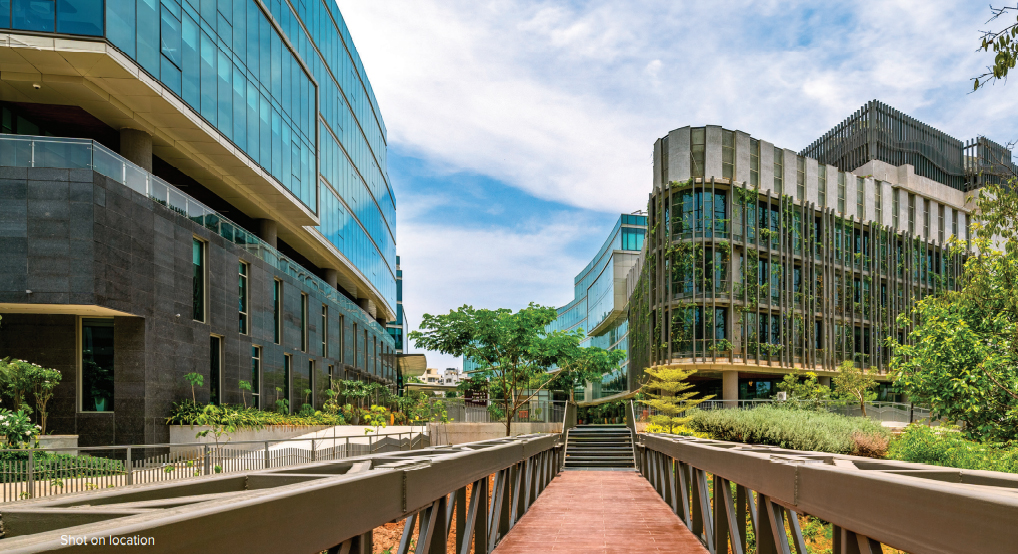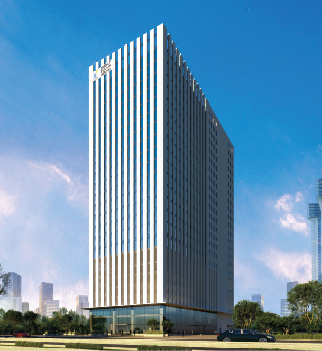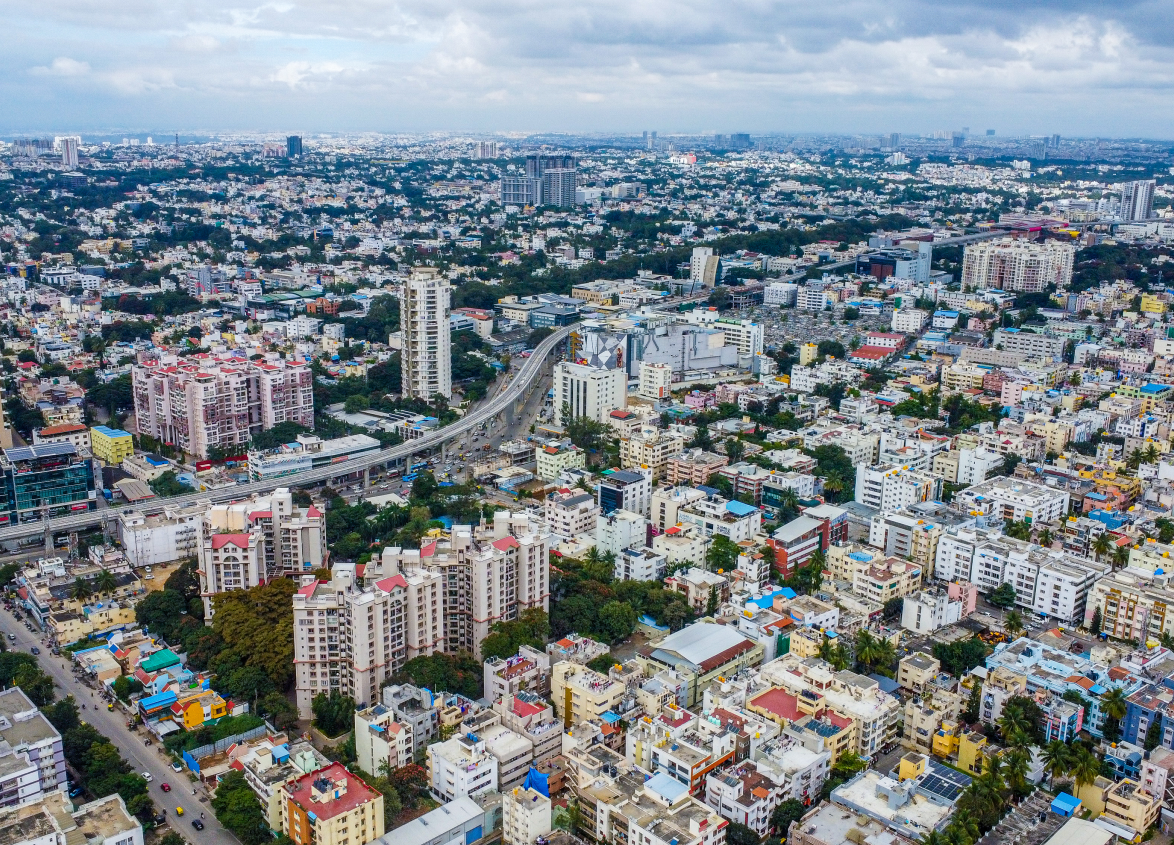
Residential
Tier 1 vs Tier 2 Cities: Which is Better for Home Buying?
August 25, 2025
The Indian real estate market has experienced a dynamic growth over the past decade, with cities emerging as central hubs for investment and homebuying. When deciding on a location for your next home or investment, one of the key considerations is whether to buy property in a Tier 1 city or a Tier 2 city. While Tier 1 cities such as Bengaluru, Mumbai and Delhi continue to dominate the market, Tier 2 cities like Mysuru, Coimbatore and Indore are steadily gaining attention due to their rising potential for both residential and commercial development.
This blog aims to compare Tier 1 and Tier 2 cities, helping homebuyers make informed decisions by examining key factors such as affordability, economic opportunities, infrastructure, quality of life and return on investment.
What Defines a Tier 1 City?
Tier 1 cities are considered the main economic and cultural centres of India. These cities have been established as primary hubs for business, commerce and artistic influence, playing a significant role in the country’s GDP.
Population and Size:
Tier 1 cities are typically densely populated and sprawling. They house large numbers of residents, with millions living in urban centres. They have a diverse economy encompassing a wide range of industries, making them appealing to a broad spectrum of professionals.
Economic Hubs:
The major sectors driving the economies of Tier 1 cities include information technology, finance, manufacturing and retail. These cities boast a high concentration of multinational corporations (MNCs) and a thriving start-up culture.
Mature Infrastructure:
With decades of growth, Tier 1 cities have mature infrastructure systems that support their high population densities. This includes well-developed transportation networks (metros, local trains, airports), healthcare facilities, educational institutions and recreational amenities.
What Defines a Tier 2 City?
In contrast to Tier 1 cities, Tier 2 cities are still developing but show significant promise. These cities, often regional capitals or industrial centres, offer unique opportunities for growth and development.
Population and Size:
Tier 2 cities tend to have smaller populations compared to Tier 1 cities, but are growing rapidly. They often attract homebuyers and investors seeking more affordable living spaces with potential for long-term capital growth.
Emerging Economic Hubs:
While still not as diversified as Tier 1 cities, Tier 2 cities are carving out niches in specific sectors such as information technology (IT), textiles, manufacturing and education. The shift towards remote work and hybrid models has further boosted the demand for housing in these cities.
Developing Infrastructure:
Infrastructure in Tier 2 cities is often in its early stages of development. However, there is a significant push by both the government and private sectors to improve connectivity, public transport and amenities. Projects such as new highways, metros and airports are transforming the landscape of infrastructure.
Key Factors for Home Buying: A Comparative Analysis
Affordability and Property Prices
Tier 1 Cities:
The primary disadvantage of purchasing property in Tier 1 cities is the high cost of living, which is reflected in the elevated property prices. These cities, particularly apartments in Bengaluru, Delhi and Mumbai, have experienced significant property price increases over the past decade. Even in the suburbs, land costs remain high, particularly for new residential projects in premium locations. While the demand for housing continues to rise, affordability has become a challenge for many homebuyers.
Tier 2 Cities:
In comparison, Tier 2 cities offer a more affordable real estate market. Property prices in towns like residential properties in Mysuru, Coimbatore and Indore are significantly lower, allowing homebuyers to secure larger homes at a fraction of the cost. This translates to lower EMIs, making homeownership more accessible for a larger segment of the population. For instance, in Q1 2025, Mysuru experienced higher capital appreciation rates than Tier 1 cities, highlighting the potential for growth.
| City | Average Property Price (per sq. ft.) | Capital Appreciation (YoY, Q2 2025) |
|---|---|---|
| Bengaluru | ₹7,500 | 5% |
| Mysuru | ₹3,800 | 7.5% |
This table illustrates the stark contrast in property prices between Bengaluru and Mysuru, along with the potential for higher capital appreciation in Tier 2 cities.
Job Opportunities and Economic Growth
Tier 1 Cities:
Tier 1 cities offer a wide array of job opportunities across various industries. With established sectors such as IT, finance and education, these cities attract professionals from across the country and the world. However, the competitive nature of these job markets, coupled with the high cost of living, can be a significant deterrent for many people.
Tier 2 Cities:
On the other hand, Tier 2 cities are emerging as promising alternatives, particularly in sectors like IT/ITeS, manufacturing and education. Cities like Mysuru are emerging as new tech hubs, particularly with the rise of remote and hybrid work. The lower cost of living, combined with a growing economy, means that professionals can enjoy a high standard of living without the financial strain found in Tier 1 cities.
Infrastructure and Connectivity
Tier 1 Cities:
Tier 1 cities boast mature infrastructure, including well-established public transportation systems such as metro networks, local trains and airports. This makes commuting easier and supports the fast-paced lifestyle that defines these cities. However, many Tier 1 cities, particularly Mumbai and Delhi, face challenges such as congestion, pollution and infrastructure saturation, which have hindered further urban development.
Tier 2 Cities:
In comparison, Tier 2 cities are experiencing rapid growth in infrastructure development. New metro systems, highways and even airports are planned or under construction, enhancing connectivity. Take Mysuru as an example: the city is set to benefit from the expansion of its highway network and improvements to local infrastructure, positioning it as an attractive alternative for those seeking convenience without the congestion.
Quality of Life and Lifestyle
Tier 1 Cities:
Living in a Tier 1 city offers a cosmopolitan lifestyle, with endless opportunities for entertainment, dining and recreation. However, this comes with downsides, such as pollution, high levels of noise and overcrowding. These cities tend to have a fast-paced lifestyle, which can lead to higher stress levels, long commute times and less access to green spaces.
Tier 2 Cities:
Tier 2 cities, by contrast, offer a more relaxed and less stressful lifestyle. There is less congestion, better air quality and more green spaces, which contribute to a healthier living environment. With lower costs of living, residents in Tier 2 cities enjoy a better work-life balance. Many people are now increasingly prioritising these lifestyle factors, resulting in a shift towards Tier 2 cities as desirable destinations for living.
Return on Investment (ROI) and Capital Appreciation Potential
Tier 1 Cities:
The ROI in Tier 1 cities has been steady, with consistent rental yields and slower capital appreciation due to market saturation. However, the market in these cities is often more resilient, with relatively lower risk for investors. The capital appreciation tends to be stable, and properties in these cities tend to hold their value over the long term.
Tier 2 Cities:
In contrast, Tier 2 cities offer higher capital appreciation potential due to their lower base property prices. As these cities continue to develop, property values are likely to rise significantly. This, combined with the improving infrastructure and increasing demands makes Tier 2 cities attractive for investors looking for higher returns. Additionally, rental yields in Tier 2 cities are improving as demand for quality rental properties increases.
Who Should Buy Where?
Buying in Tier 1 Cities is Better if You:
- Are seeking a stable, long-term investment with consistent returns.
- Prefer a fast-paced, cosmopolitan lifestyle with access to a wide range of amenities and career opportunities.
- Can afford the higher property prices and are willing to invest in premium segments.
Buying in Tier 2 Cities is Better if You:
- Want to maximise your property size or invest in a growing market with higher capital appreciation potential.
- Are looking for a quieter, more relaxed lifestyle with improved air quality and more green spaces.
- Are an investor seeking higher returns on investment, with the benefit of a lower cost of entry.
Government Initiatives and Future Outlook for Indian Real Estate (Mid-2025)
The Indian government has been focusing on enhancing infrastructure and promoting affordable housing. Various schemes and initiatives, such as the Smart Cities Mission, are helping Tier 2 cities grow at a faster rate. As these cities develop, they will see an increase in both commercial and residential opportunities, making them a viable alternative to the saturated Tier 1 cities.
Conclusion
The decision to buy in a Tier 1 vs Tier 2 city depends on various factors, including affordability, lifestyle preferences, and investment goals. Tier 1 cities continue to offer stability and a cosmopolitan lifestyle, but the high cost of living and saturated markets can pose challenges. On the other hand, Tier 2 cities offer more affordable property options, growing job markets, and rising capital appreciation potential, making them an attractive choice for homebuyers and investors looking for value.
FAQs
Q1. What is the main difference between Tier 1 and Tier 2 cities in terms of property prices?
Tier 1 cities have significantly higher property prices due to their established economies and high demand, while Tier 2 cities offer more affordable options with room for capital appreciation.
Q2. Which Tier 2 cities are considered best for real estate investment in India right now?
Cities like Mysuru, Coimbatore, Indore and Pune are currently seeing strong real estate growth due to improved infrastructure and growing job opportunities.
Q3. Can I get good rental income from properties in Tier 2 cities?
Yes, as Tier 2 cities grow and attract more professionals, rental yields are improving, making them a good choice for investors.
Q4. Is the cost of living truly much lower in Tier 2 cities?
Yes, the cost of living in Tier 2 cities is significantly lower, offering better value for money in terms of housing, transportation, and daily expenses compared to Tier 1 cities.
MUST READ
Looking for something specific?
We'd be delighted to help you.






